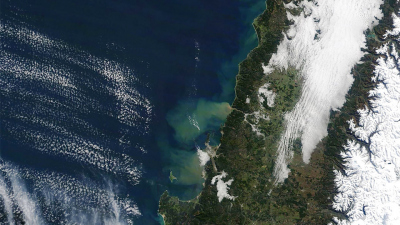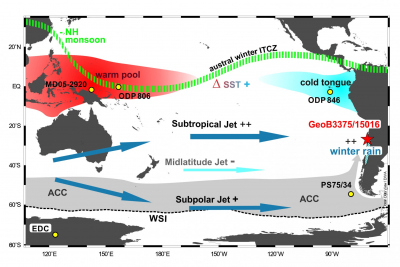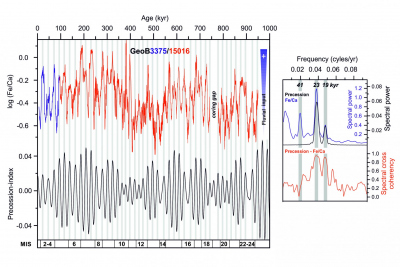Page path:
- Home
- Discover
- Archive News
- News 2019
- high-altitude winds PNAS
Changes in high-altitude winds over the South Pacific produce long-term effects on the Antarctic
Press release Alfred Wegener Institute
Frank Lamy, John C.H. Chiang, Gema Martínez-Méndez, Mieke Thierens, Helge W. Arz, Joyce Bosmans, Dierk Hebbeln, Fabrice Lambert, Lester Lembke-Jene, Jan-Berend Stuut: Precession modulation of the South Pacific westerly wind belt over the past million years. PNAS 2019. DOI: 10.1073/pnas.1905847116





